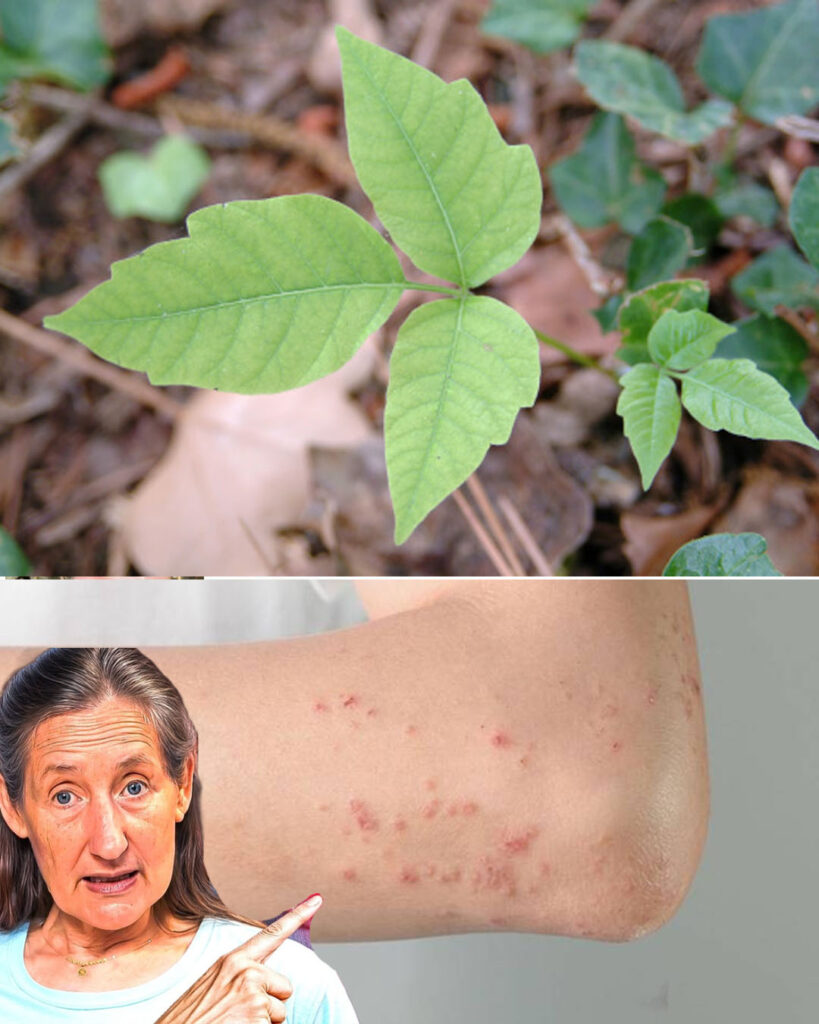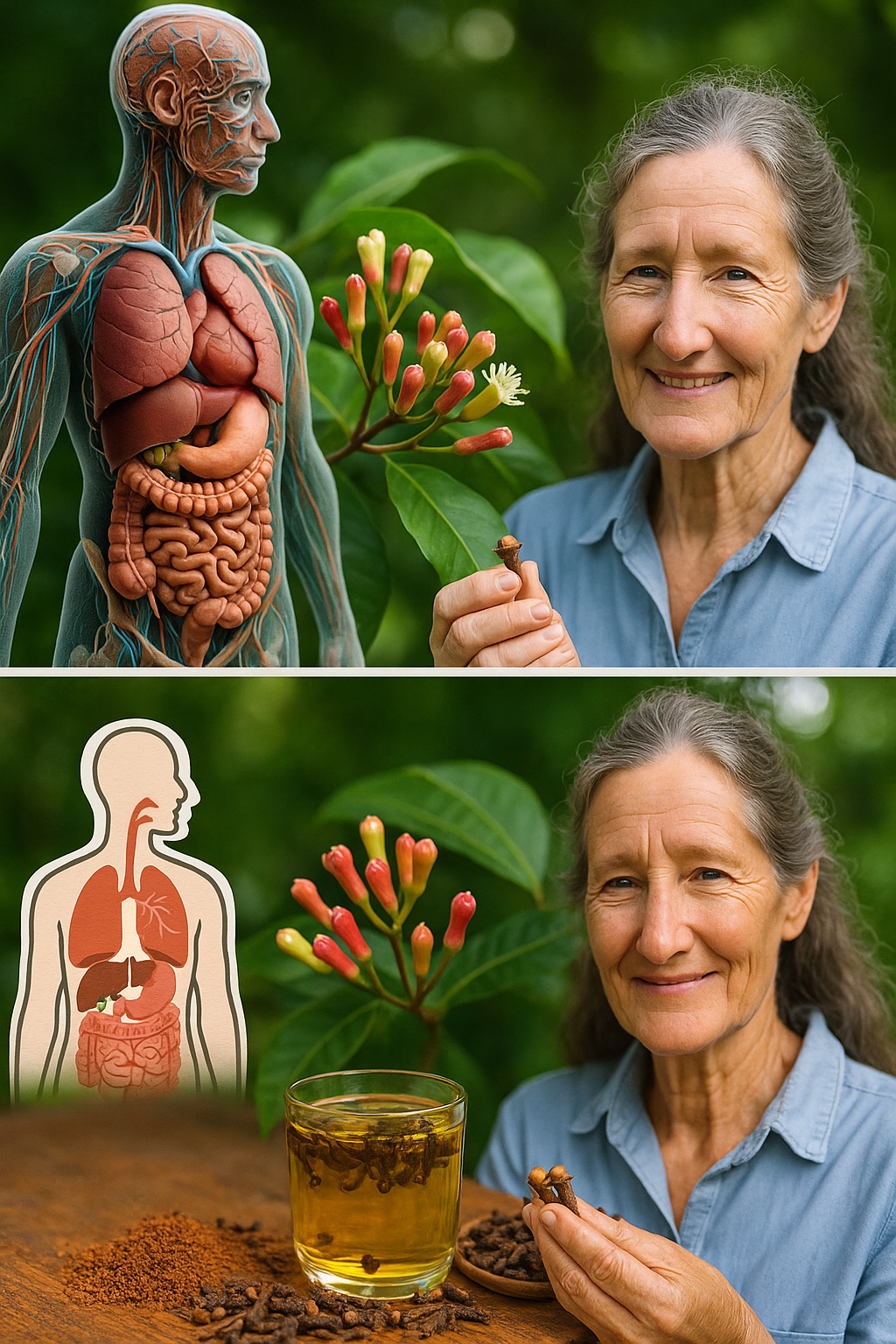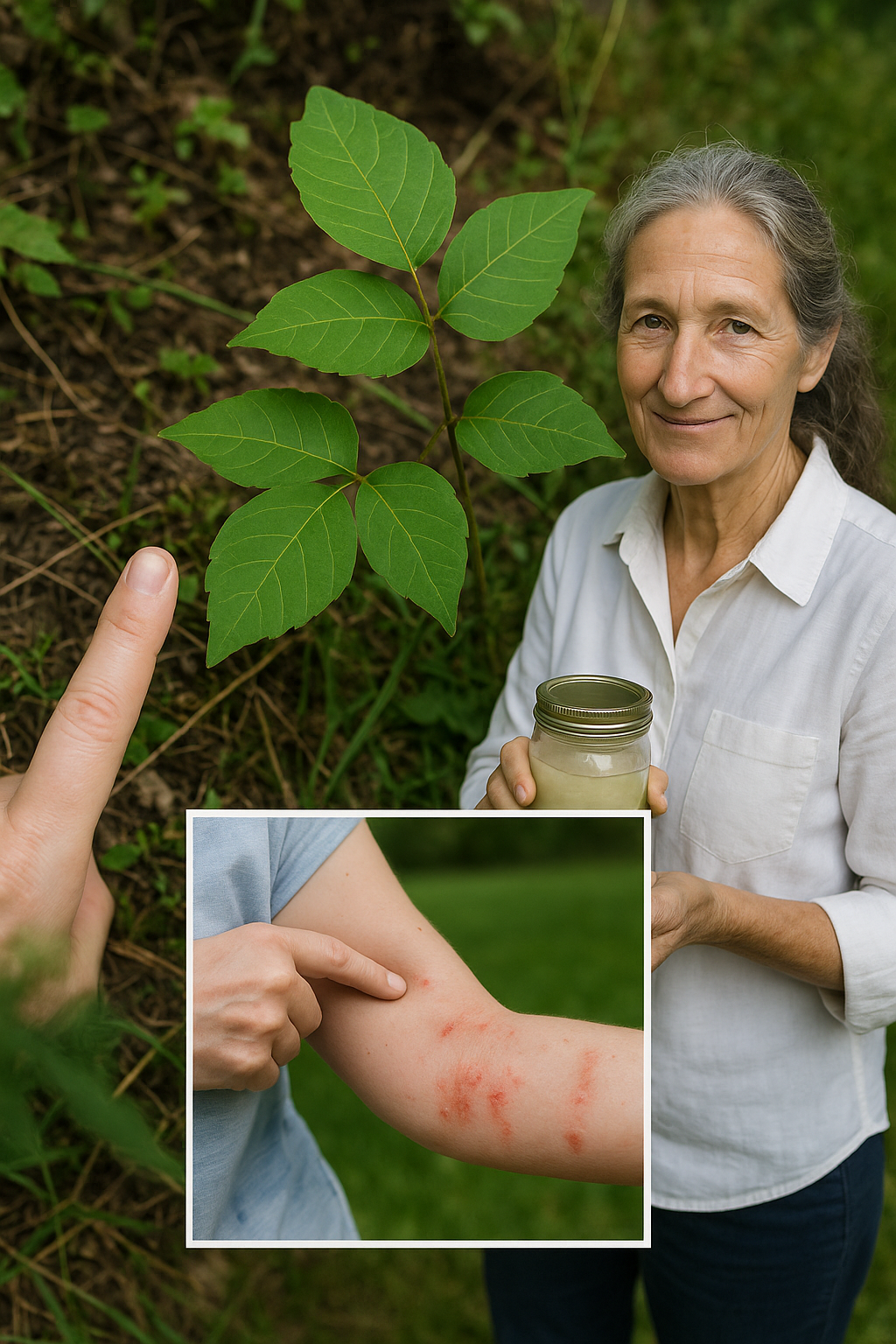You’re walking through a quiet trail, enjoying the warm sun and fresh air. Everything feels perfect—until a day later, your skin erupts in itching, burning blisters. What went wrong?
Chances are, you brushed against one of the most deceptive threats in the American outdoors: Eastern Poison Ivy. It’s silent, green, and nearly invisible to the untrained eye—but once it touches you, it leaves a trail of misery that can last for weeks.
If you’ve never learned to spot this plant or thought it was just a camping problem, think again. This highly adaptable plant grows in backyards, parks, sidewalks, and even under your garden shed. And it takes only seconds to trigger a painful reaction.
Here’s exactly what you need to know to recognize it, avoid it, and protect your skin before it’s too late.

🌱 What Is Eastern Poison Ivy, Really?
Eastern Poison Ivy, known scientifically as Toxicodendron radicans, is a native plant in eastern and central North America. You’ll see it creeping on the ground like a weed or scaling trees and fences like a vine. Don’t be fooled by its ordinary appearance—this plant contains one of nature’s most potent irritants: urushiol oil.
This invisible oil lives in every part of the plant: the leaves, stems, roots, and even its berries. When your skin touches urushiol, it doesn’t ask questions. For most people, it quickly causes an allergic reaction—sometimes severe enough to require medical attention.
🔥 Pro tip: Even dead leaves or bare winter vines can contain active urushiol. It doesn’t matter if the plant looks dry or harmless.
😱 What Happens When You Touch It
The body’s response to urushiol is fast and aggressive. Within 12 to 48 hours, you could see symptoms like:
💥 Itchy red patches
💥 Swelling
💥 Painful blisters
💥 Oozing or crusting rashes
In serious cases, the rash can cover large areas or appear on the face, neck, or genitals. If you inhale smoke from burning poison ivy, the urushiol particles can inflame your lungs—a true emergency.
📌 Note: Even a trace of oil transferred from a dog’s fur, garden gloves, or hiking boots can trigger this nightmare.
🔍 How to Identify Eastern Poison Ivy in Seconds
Forget complicated botanical diagrams. Remember this:
“Leaves of three, let it be.”
That rhyme could save you a lot of suffering. Here’s how to spot it:
🌿 The plant has clusters of three leaflets.
🌿 The center leaflet is larger and has a longer stalk.
🌿 Edges may be smooth, notched, or lobed (like tiny mittens).
🌿 Leaves often have a shiny or oily surface, especially when young or after rain.
🌿 In autumn, the leaves turn reddish or bronze.
🌿 It may grow as:
- A low-lying plant along trails or fences
- A hairy vine on tree trunks or walls
- A bushy clump in open fields
📍 Where It Hides
Eastern Poison Ivy is an expert at camouflage. You’ll find it in:
🌲 Forest edges
🌼 Backyard gardens
🚶 Sidewalk cracks and city parks
🧱 Fence lines and stone walls
🐦 Places where birds perch (they spread the seeds)
It thrives in both sun and shade, so it’s not just a “woodsy” problem. Urban, suburban, or rural—this plant doesn’t discriminate.
🛑 What to Do If You Think You Touched It
Speed is your best defense. If you suspect contact:
1️⃣ Wash your skin immediately with cold water and soap.
Use a degreasing soap (like dish soap) to break down the oil. Scrub your hands, arms, and under your nails thoroughly.
2️⃣ Remove and isolate clothing.
Take off contaminated clothes carefully. Wash them separately in hot water and detergent.
3️⃣ Clean gear and pets.
Wash tools, boots, gloves, and even your dog. Urushiol can linger for weeks on surfaces.
4️⃣ If a rash appears, treat quickly.
Use over-the-counter solutions:
🧴 Hydrocortisone cream
🛁 Oatmeal baths
💊 Antihistamines (for itching and sleep)
🧊 Cool compresses
5️⃣ Call a doctor if:
🚨 Rash spreads to face or genitals
🚨 Blisters become infected
🚨 Breathing becomes difficult
🚨 Swelling affects the eyes or throat
🧠 Why Urushiol Is So Dangerous
The scary part? Urushiol is colorless, odorless, and lasts for years on surfaces. You don’t see it coming. You don’t feel it on your skin. But once your body reacts, the inflammation can feel like fire under your skin.
This is why avoiding exposure is far easier than treating it.
🧤 How to Stay Safe and Itch-Free
✔️ Wear long pants, sleeves, and boots when hiking or gardening
✔️ Use barrier creams before outdoor work
✔️ Don’t touch suspicious vines or leaves, even in winter
✔️ Wash pets who’ve been outdoors
✔️ Disinfect garden tools, lawn mowers, or sports gear
✔️ Teach kids to avoid “leaves of three”
🧽 Cleaning Tip: Use rubbing alcohol or specialized urushiol-removal wipes if soap isn’t available outdoors.
🚫 Removing Poison Ivy from Your Yard
Never pull it with bare hands. Wear gloves, long sleeves, and eye protection.
For safe removal:
🛑 Don’t burn it—ever
🗑 Bag it in sealed plastic and dispose in trash
🌿 Cut it at the base and treat the stump with herbicide
📞 Hire a pro if the area is large or near children and pets

🌼 Final Thoughts: It’s Just a Plant — But a Dangerous One
Eastern Poison Ivy may blend into the background, but don’t underestimate its impact. One careless step can lead to days of burning skin, missed work, and restless nights.
Now you know how to spot it. You know where it hides. You know how to react and how to stay safe.
This green menace doesn’t stand a chance — as long as you remember one thing:
Leaves of three, let it be. Stay sharp. Stay protected. Stay rash-free.


